One of the things I cherish most is the collection of session videos I have from my time working with children and teens in Miami over the past sixteen years.
I’ve used these music therapy videos, with written permission from the parents and clients, as teaching tools on my website, in presentations, and in my E-Courses.
They allow me to demonstrate what a technique might look like, so students and other music therapists can see how they might implement it with their own clients.
I continually receive feedback about how helpful these videos are in E-Courses.
Sarah Jarvis, a music therapy intern who took The Attention & Perception E-Course, said: “The edited videos of client interventions seamlessly fit into the instruction videos. It made it so easy to mentally jump from what a therapist can do to use this information and these techniques.”
Ashley Grampp, also a music therapy intern said: “I loved the videos! It allowed me to see everything from the the slides being put into action. Which helps me a lot!”
Julie De Keyzer, MM, MT-BC who took the Autism E-Course I previously offered on Music Therapy Ed, said: “I couldn’t stop watching the videos, I just got so excited. Now I’m going to go back and watch them all again and complete the action steps!!!”
And Kim Beck, MT-BC said: “The videos are awesome – it is so helpful to be able to watch you in action, Amy! I am SO loving the course! I hope that you will do more courses in the future! This course has been fantastic! :)”
Last week, I shined a spotlight on some of the cool attention techniques that participants learn in The Attention & Perception E-Course.
And the week prior to that, some of the cool auditory perception techniques that participants learn in the course.
This week, I’m going to share a small sampling of the 35 videos that course participants get to watch in The Attention & Perception E-Course.
The video demos teach:
How to incorporate your primary instrument (whether it’s the clarinet or the cello!) into your sessions:
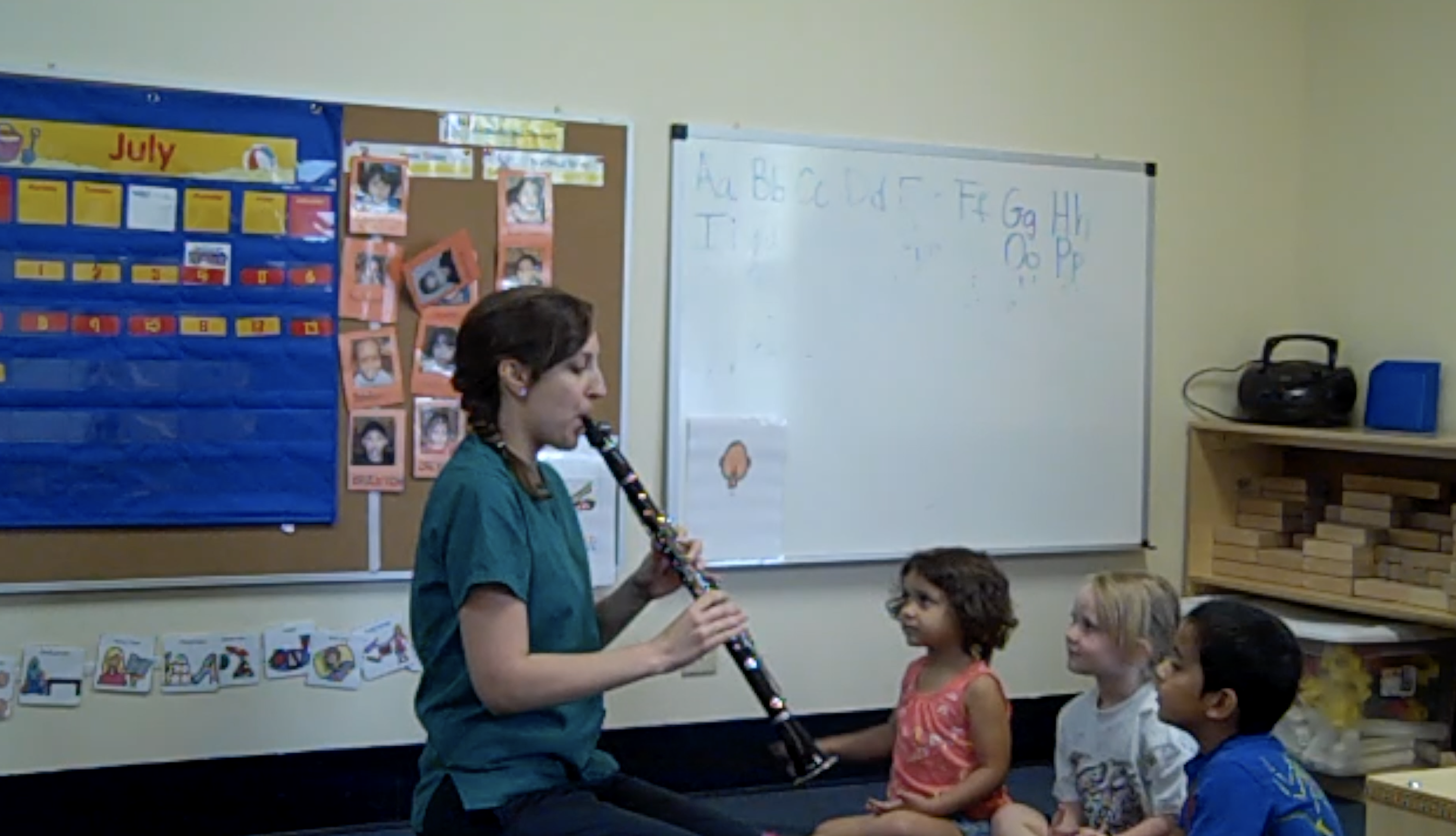
How to use specific musical elements to obtain and maintain attention:
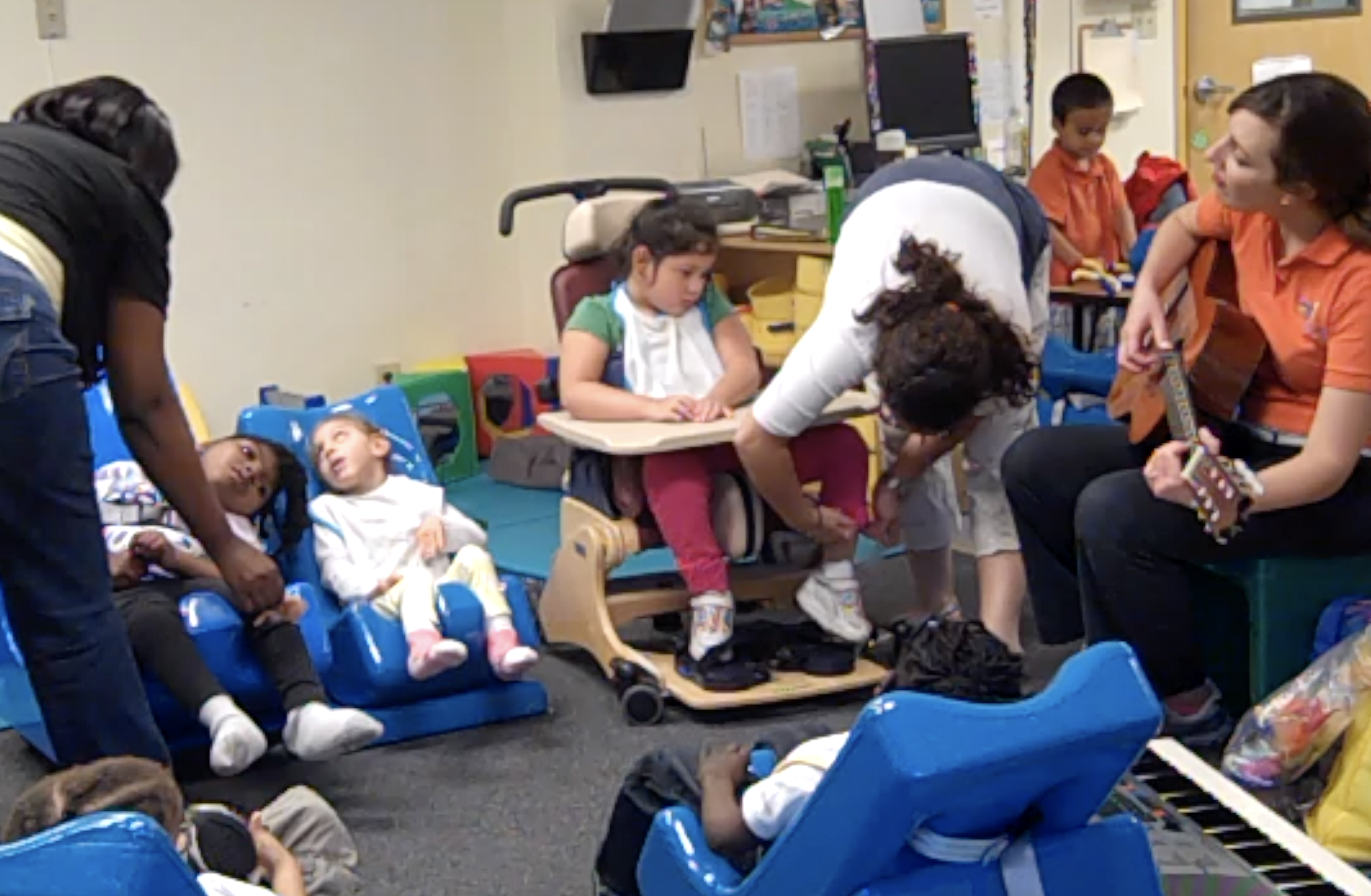
Tips and tricks for engaging teens:
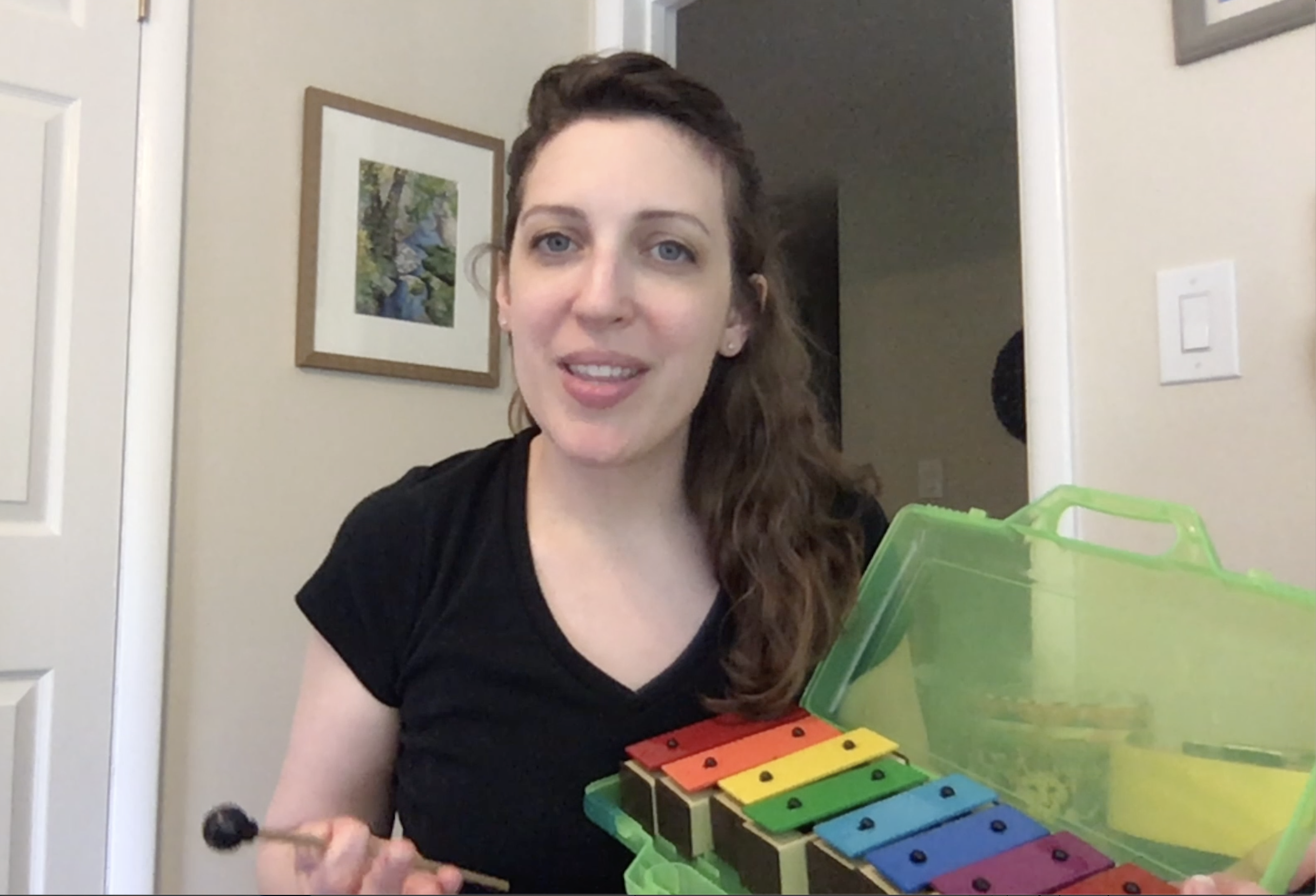
And of course technique demonstrations…
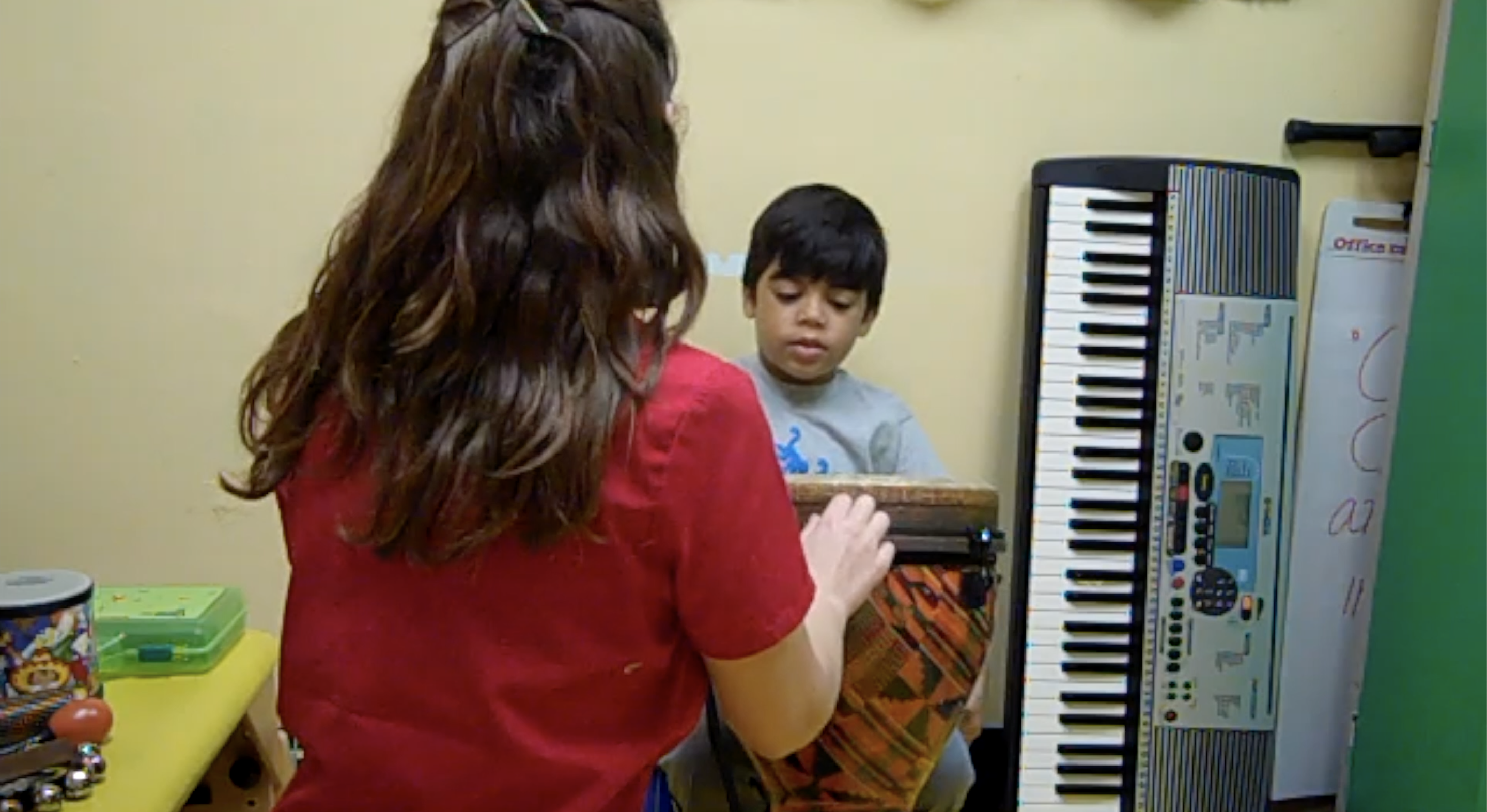
…and more technique demonstrations…
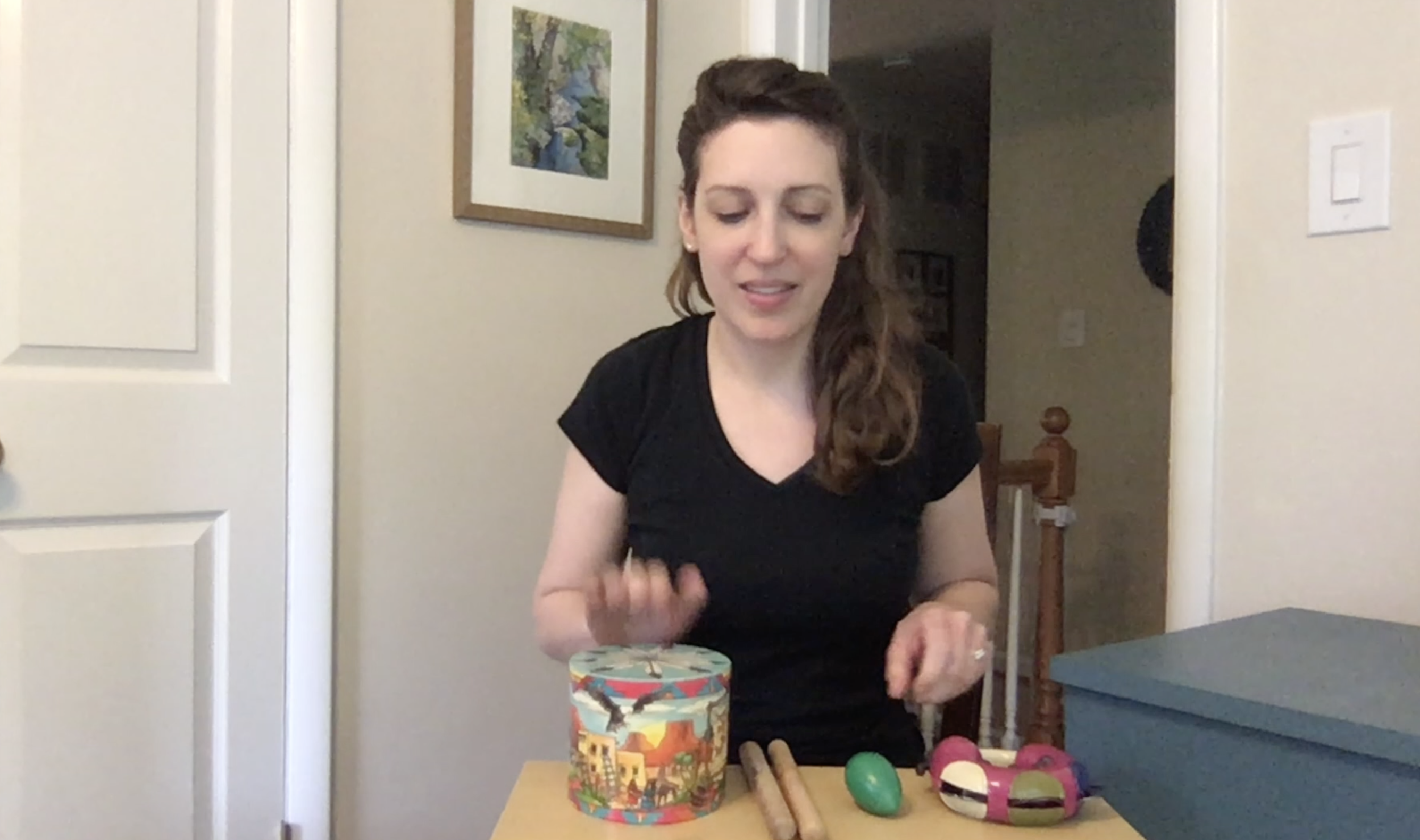
…and MORE technique demonstrations!
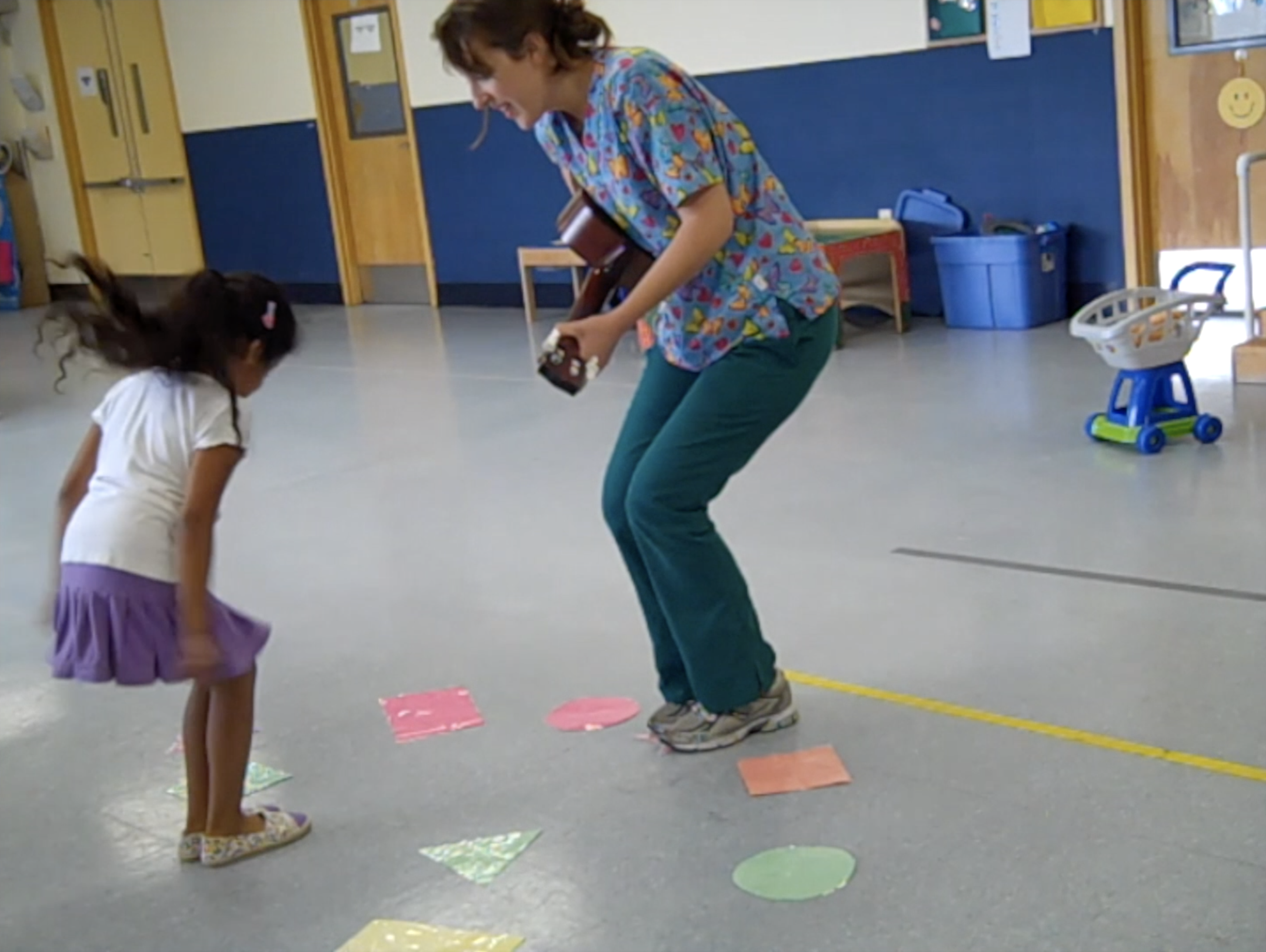
My formula is: teach the technique, then show a demonstration of the technique.
If this sounds like the way you like to learn, then you’ll be glad to know that the doors for The Attention & Perception E-Course will be opening very soon (later this month). Yay!
Join the waitlist by entering your name and email below, so you don’t miss when the doors for enrollment are open (and close again).
When you join the waitlist, you’ll hear about special discounts and promotions, and how you can access free bonus material.
Plus, you’ll get a Pop Song Rhythms freebie right away, so you can get a sneak peek of the materials you’ll get inside the course.
Over the next few weeks on the blog, I’ll continue to highlight some of the special features of The Attention & Perception E-Course that make it stand out from other continuing education courses.
Carolyn Perkins, a music teacher, had this to say about the course: “Chapter 2 and 3 were extremely informative. I found the section regarding addressing multiple levels of ability very helpful as well as the science background as it applies to perception and retention of information. Very informative and clear information from a real world perspective. Thank you again for such a great course, well organized too. I was telling my husband today that you are a gifted instructor and I think anyone who presents information could benefit from your content.”
More than 350 music therapists, educators, and professionals have taken Wholesome Harmonies E-Courses and successfully put the ideas into use in their sessions and classrooms.
If you’re interested in learning more about the E-Course, be sure to hop on the wait list now!


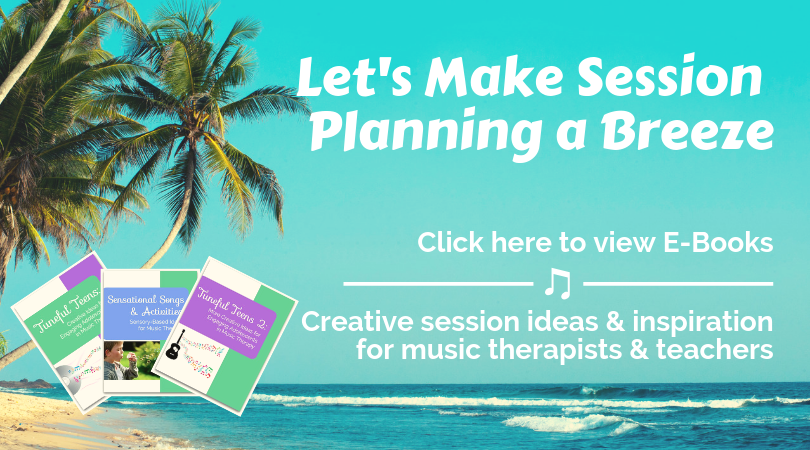
[…] Last week, I shared how videos are used in the course to teach and demonstrate techniques. […]
[…] Last week, I shared how videos are used in the course to teach and demonstrate techniques. […]